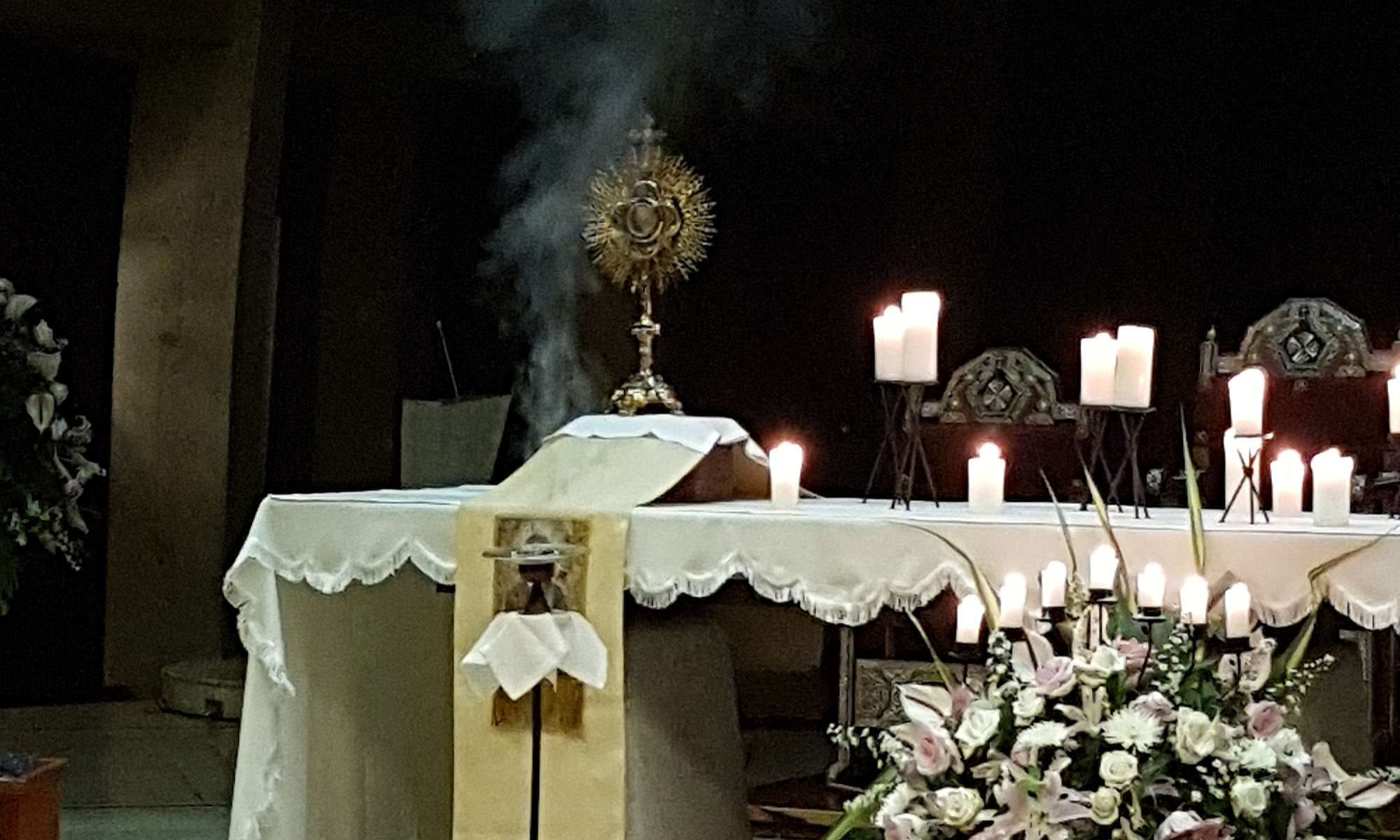One possible way of describing the Legion of Mary is to say that it consists of ordinary people, leading their everyday lives in a very extraordinary way. Frank Duff is an interesting character. He was fascinated by the virtue of humbleness yet he was enthusiastic about a life of holiness. Humbleness is about the lowest, and holiness about the highest. How is it possible to connect them or have them both? The answer came in the form of a person, both humblest and holiest, the Blessed Virgin Mary. She is the Lord’s maidservant and she is the Mother of God. She lives in the forgotten town of Nazareth, whose name does not even appear in the whole Old testament; yet she dwells in the presence of God Almighty. She is the Queen of the Universe and is Our Lady of Sorrows. Duff was absolutely right: in no other creature can we behold humbleness shining forth with such an intensity, and also holiness in such a magnificent display.
Two particular episodes in the life of the Blessed Virgin have grabbed the attention and devotion of true Christians along the centuries: the Annunciation and the Crucifixion. In case we wonder what they have in common, a possible answer is: motherhood. Quite obviously, the Virgin of Nazareth received a kindest invitation to become the mother of the Son of God; in a less obvious manner, she received, at the foot of the Cross, the rather difficult call to give up that very Son, so as to bestow the gift of life on each and every human being. In the Annunciation she accepted to become the Mother of Christ; at the Crucifixion she accepted to become Mother of the Christian People.
Today we can contemplate Mary as the Virgin who pronounced the decisive “Yes,” and was faithful to that “Yes” down to the very end. “Yes” to Christ, and “Yes” to every Christian, past, present or to become. Mary’s acceptance of God’s will is, objectively speaking, the first fruit of the gospel, and the first means to transmit the gospel. She is “full of grace,” as the Angel beautifully addressed her, and she is “throne of grace” and “tabernacle of the Holy Spirit,” as the Church has called and invoked her for centuries. It is important to realise that whenever a person utters that “Yes” to Christ, their utterance cannot be but united with the very acceptance that brought Christ to human history, in the first place. We cannot be Christians leaving aside the way Christ came to dwell on this Earth!
In that sense, the Acies of the Legion of Mary is, above all, an open—even candid—proclamation of what we are as a people redeemed by Christ and called to lead a true Christian life. If the baptism is the essential “Yes” we give to God’s love as displayed on the Cross, the Acies is the public renovation of that “Yes” beneath the maternal protection and after the sublime example of the Most Blessed Virgin. Along with her, and following her, we wish to proclaim that our lives were incomplete without Christ, and they will be tragically incomplete without Him. We wish to stand by the Cross, as Mary did, to renovate our love, our faith and our hope from the streams flowing from Christ’s heart.
The fact that this noble celebration takes place every year is also a reminder. Years past we have come to present our allegiance to this same Humble, Holy, Heavenly Queen. The majority of us have said already many times that we want to be hers. Isn’t the present ceremony a good occasion to check how good or bad we have delivered what we voluntarily promised and professed? If our conscience remains without blemish, let us thank God, giver of all graces; if on the contrary something burdens our hearts, we can always remember that Lent is time for repentance and we can always claim the stream of mercy that flows from the Cross, and the rays of help that shine out from the hands of the Virgin.
